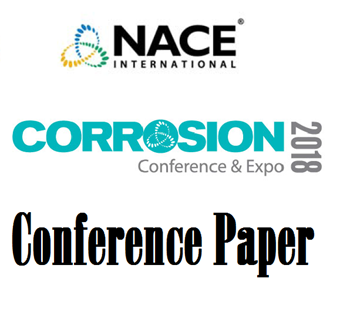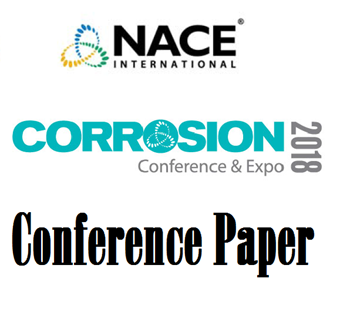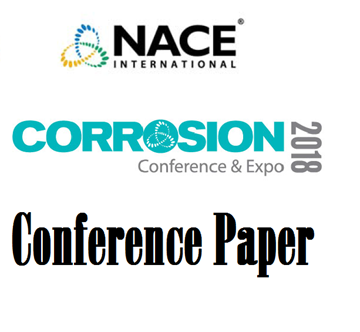Search
51318-11155-Corrosion Behavior of Powder Metallurgical Cobalt-Based Alloys in Hydrochloric Acid
Also Purchased
51318-11154-Preliminary corrosion testing of explosive cladded materials in geothermal environment
Product Number:
51318-11154-SG
Publication Date:
2018
$20.00
51318-11161-Corrosion Resistance of High Strength UNS S31010 High Nitrogen Stainless Steel
Product Number:
51318-11161-SG
Publication Date:
2018
$20.00
51318-11163-Evaluation of Corrosion of Austenitic Steels and Comparison with Martensitic Stainless Steel 17-4
Product Number:
51318-11163-SG
Publication Date:
2018
$20.00




